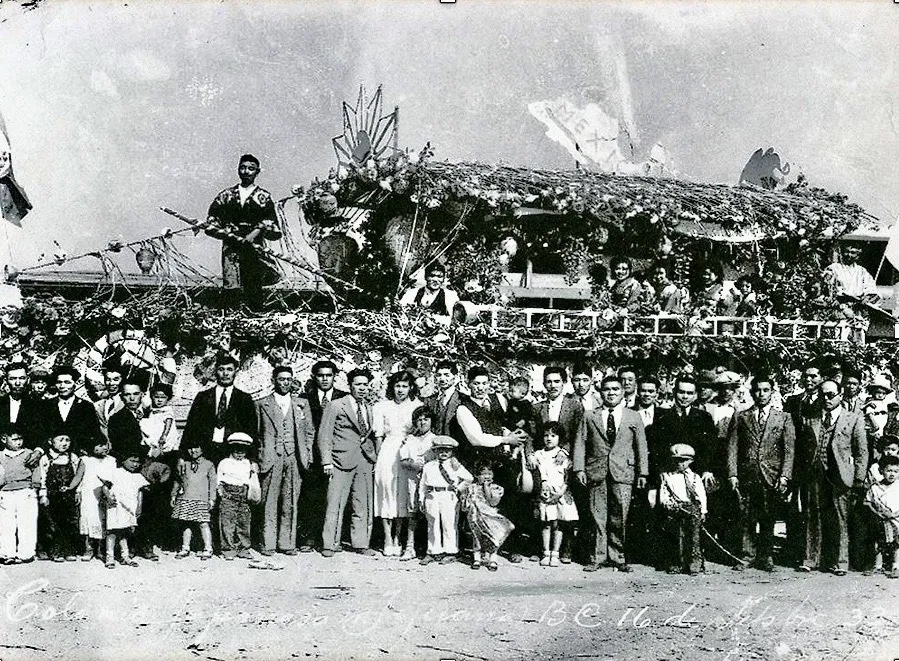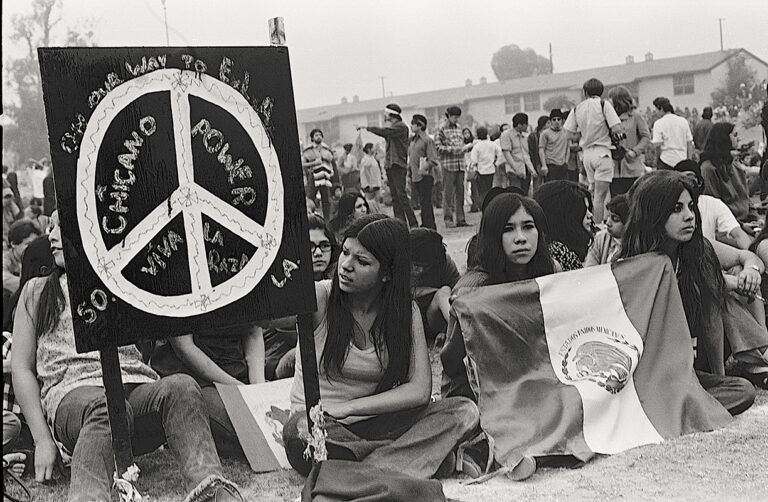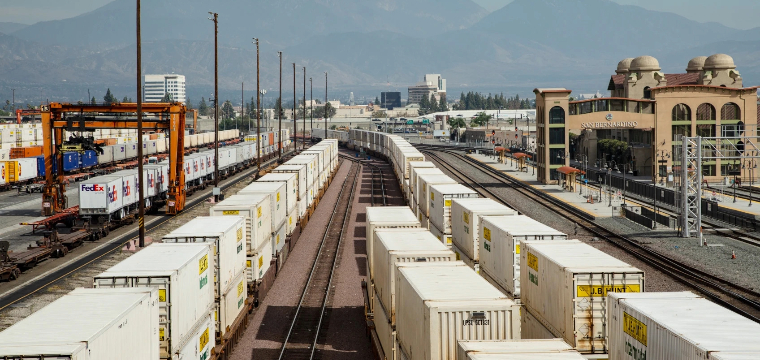“[The] Japanese Mexican experience…there is very little documentation, there is very little record, and it’s not part of the national history so it’s hard for us to engage with these kinds of histories.”
The black and white photograph of a community posing in front of a parade float in Tijuana in the early twentieth century tells a story of migration largely forgotten to history, an image that inspired artist Shinpei Takeda’s virtual reality sculptural installation, Float for Reclamation: Limit of Your Safe Space Iteration II, 2023, now showing at the MexiCali Biennial Land of Milk and Honey exhibit at the Cheech Marin Center for Chicano Art and Culture of the Riverside Art Museum. Taken by Kingo Nonaka, the first documentary photographer of Tijuana, it captures the Japanese community in the years prior to World War II (fig. 1). As Takeda shares with me, many of these individuals were migrant workers, “coming from countryside of Japan, initially to Chiapas. The idea was to work in café [coffee] plantations, and send money back, like an immigrant, like braceros.” When opportunities disappeared there – and in Oaxaca’s coffee plantations as well – many of these migrants would eventually move north to Tijuana. With the advent of World War II, this growing community in the U.S-Mexico borderlands would be forcefully uprooted from their homes, like their Japanese American counterparts in the U.S. It is a history that remains largely unknown, a glaring erasure in both U.S, U.S-Mexico borderlands history, and Mexican national history.
Read the entire article at East Wind Ezine by Celia Viramontes





